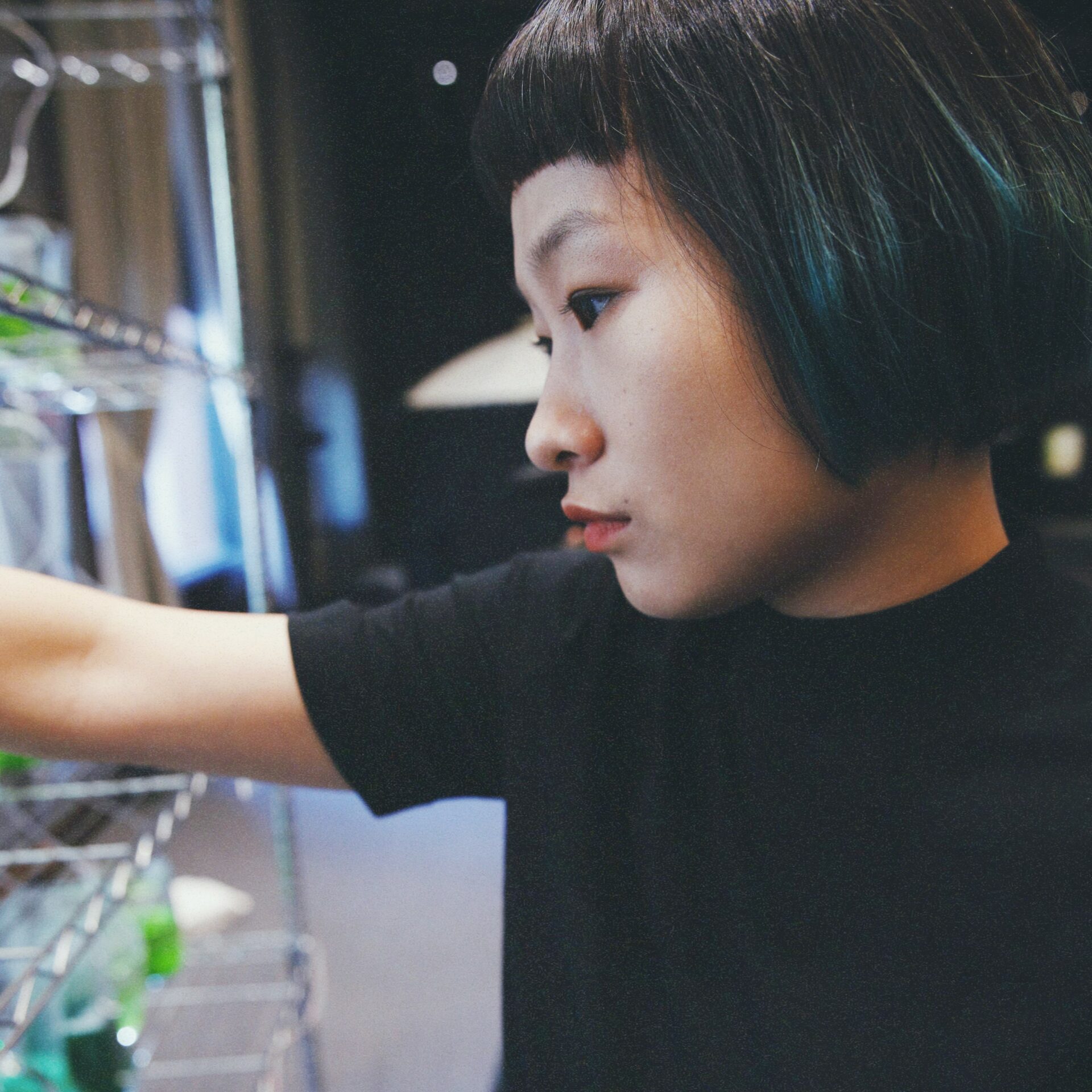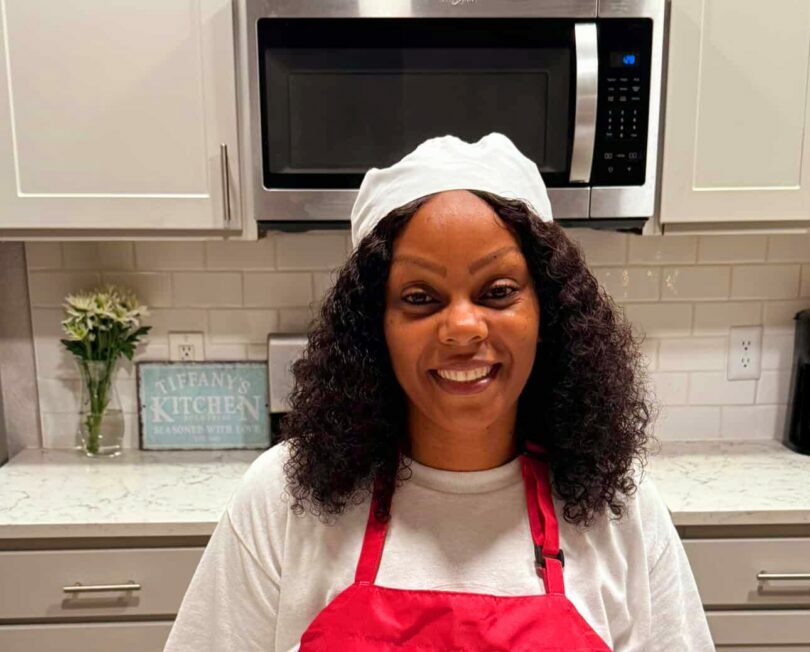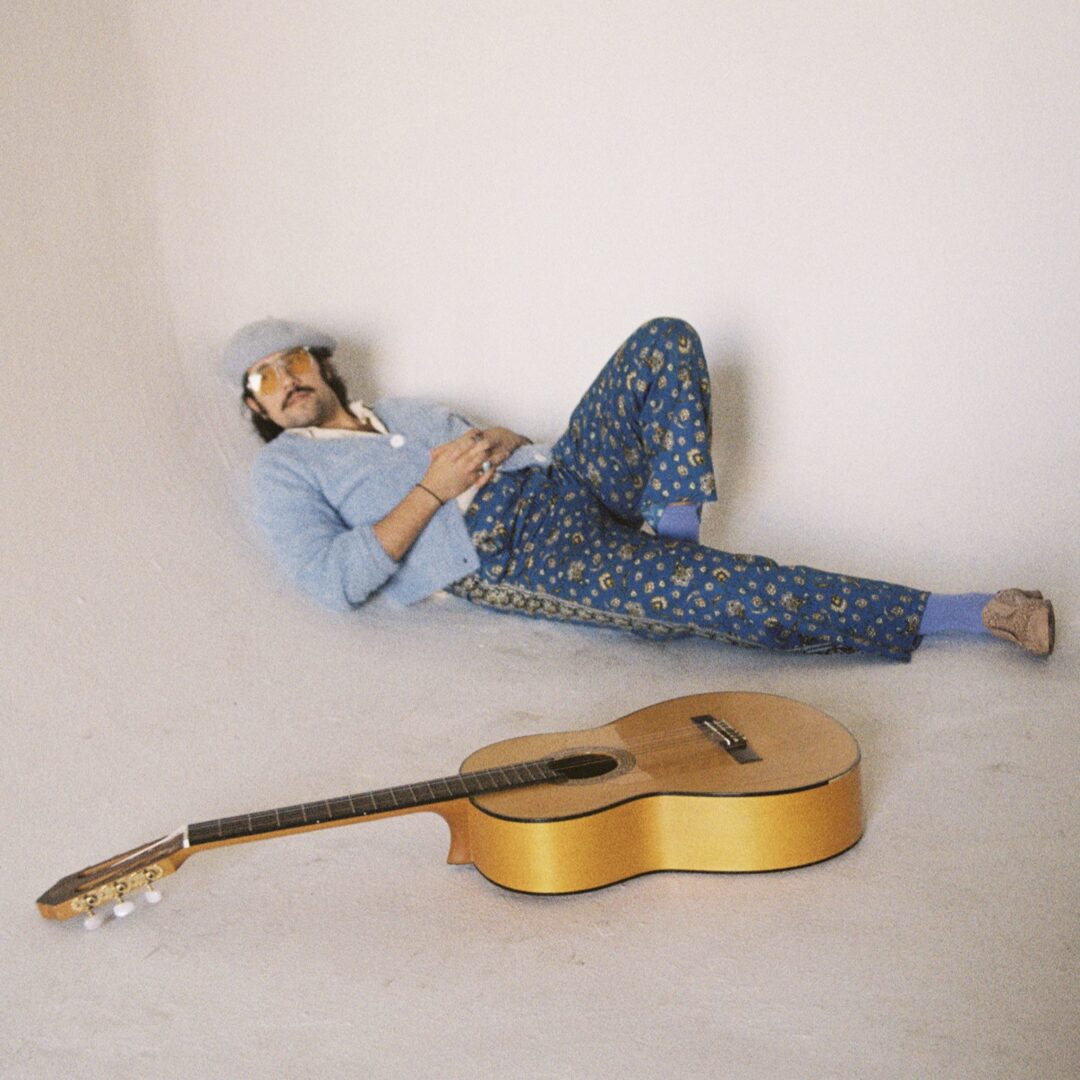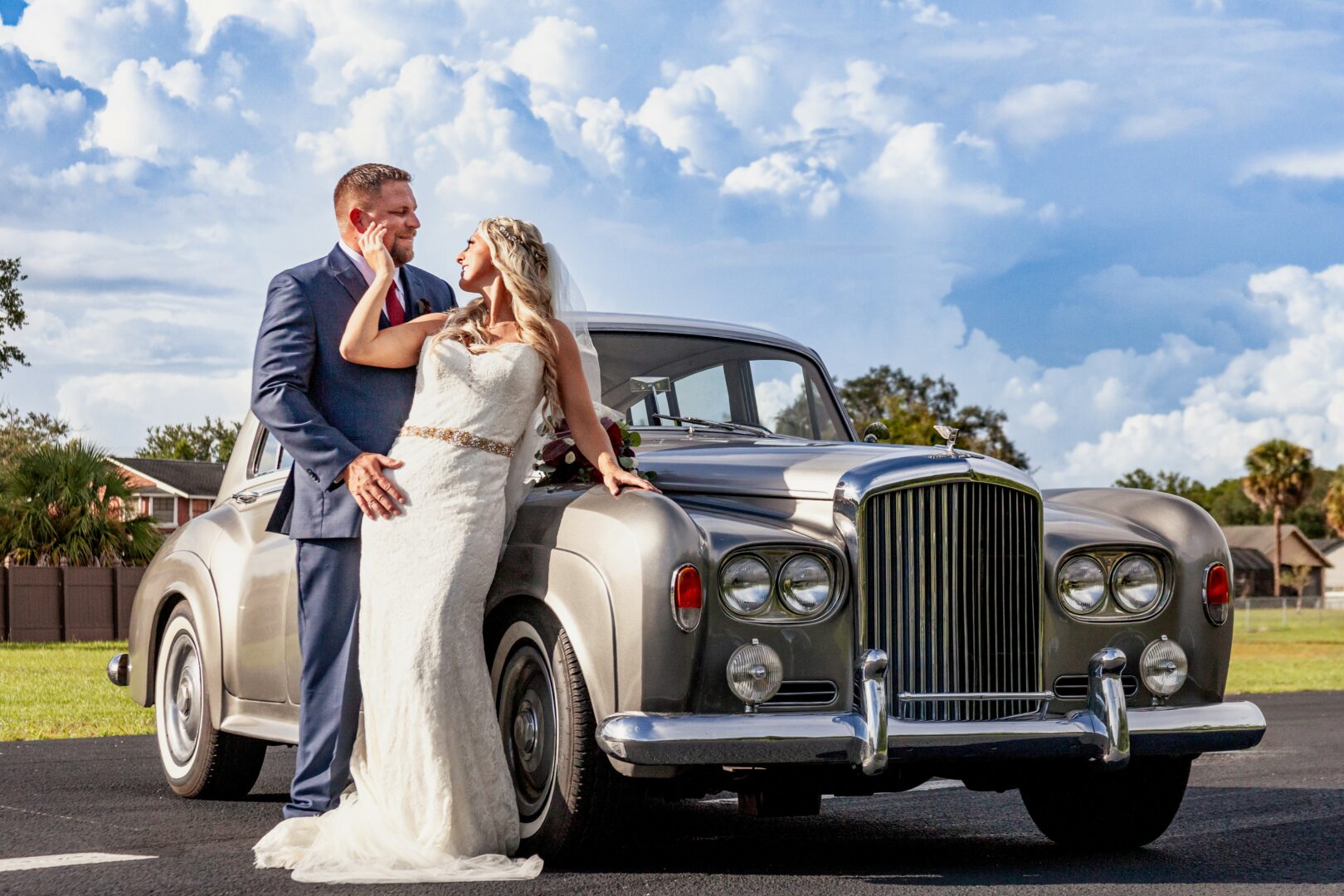We were lucky to catch up with Yan Shao recently and have shared our conversation below.
Hi Yan, appreciate you sitting with us today to share your wisdom with our readers. So, let’s start with resilience – where do you get your resilience from?
During my exchange program at the University of Copenhagen, I had a life-changing experience. I was invited to dine with a professor and her family, that influenced my outlook on studying abroad.
During the dinner, I talked about my idea to study in the United States, despite tinged with uncertainty and doubt about the future. The professor, empathizing with my situation, shared her own journey. She had come to Copenhagen as a graduate student when there were few Chinese students studying abroad. Struggling with Danish, at the same time, studying in English, she often felt lonely and homesick.
One day, she had an incident: her bicycle’s chain broke on her way home. She broke down in tears by the roadside, feeling utterly helpless because there was no way that she could walk home. It was then a tall Danish girl appeared. It was her classmate, who told her “don’t worry” and helped fix the bike, with her hands full of dirt and oil. It was a small act of kindness, yet the professor emphasized that it wasn’t just the difficulty of fixing the bike, but rather how being in a foreign country can magnify even a small challenge in life.
She encouraged me to embrace the challenges of studying abroad either in life or in study, not as unbeatable obstacles but as opportunities for growth.
Resilience, I learned, is something that need to be seeded and cultivated. The professor put a seed in my mind, and it continues growing in my life. When I first arrived in the United States, I had no idea on some basic tasks like taking a bus, buying groceries, or writing a check. A kind bus driver once let me ride for free. My roommates introduced me to various vegetables at the grocery store and helped me order and write checks. These small acts of kindness were invaluable in my dream pursuing journey.
The professor’s words often comes to mind. I’ve learned to treat unknowns as opportunities to learn and find my enthusiasm, rather than as difficulties stemming from being abroad and away from family. This mindset has fostered a resilience in me, mitigating the fear of living in different countries while exploring the art practice as a career.
Let’s take a small detour – maybe you can share a bit about yourself before we dive back into some of the other questions we had for you?
I am a new media artist and creative technologist living in New York. I create new media artworks, such as interactive websites, audiovisual projects, and sound installations, which explore the perceptual possibilities and mediate the complex interrelations between humans and the earth. The poetic encounters reflect my journey of understanding who we are in nature, illuminating a deep sense of connection with other organisms and the planet we dwell on. My inspirations often come from geology, natural transience, and ecological humanity.
Currently, I am a resident artist at Gallatin WetLab at New York University, and we are going to have an exhibition focusing on art and science collaboration on Governors Island this summer in New York City.
If you had to pick three qualities that are most important to develop, which three would you say matter most?
Reflecting on my journey, the three qualities that have been most impactful are honesty, flexibility, and creativity.
**Honesty** was so important during my career pivot period. Originally as a geology student, I was deeply fascinated by the natural world – the rocks, the mountains, and the vastness of landscapes. However, when I graduated, like everyone else, I need to make a decision of future plans, such as study a master program or find a job. I realized that my connection with nature was more sensory and aesthetic than scientific, being honest with myself that I enjoyed the beauty and feeling more than writing papers. It led me to switch my focus from geology to art.
**Flexibility** became significant afterwards as I registered in an art school. At first, I felt daunted; my peers had years of art practice, some with over a decade of training and well-developed personal styles, while I was just beginning. However, instead of feeling discouraged, I embraced the diversity of skills and perspectives around me. I kept being open and adaptable, absorbing everything I could learn from my peers. This flexibility in mindset allowed me to thrive in an environment that was entirely new to me, helping me find my own voice in the world of art.
**Creativity** further nurtured me during the COVID-19 pandemic, a period that challenged and expanded my understanding of what it means to be creative. With galleries, museums, and art residencies closed, I faced the question: does the world need art? Do I continue to pursue my dream of being an artist even when traditional opportunities are scarce? In response, I decided to explore beyond the confines of traditional art mediums. I began learning coding, which opened another door for me creatively. I made graphic designs from creative coding, and cultivate the idea of using technology as a medium for art. I believe creativity is not limited to traditional art forms; it can manifest in any field where has imaginations and stories.
From my personal experience so far, my advice is to embrace honesty, which is the foundation to find your true passions. Facing challenges and uncertainties are essential during the journey, being flexible and creative will help discover your unique perspective and open a lot unexpected possibilities!
As we end our chat, is there a book you can leave people with that’s been meaningful to you and your development?
In my development, **Microcosmos: Four Billion Years of Microbial Evolution** by Lynn Margulis has been a seminal work. Its exploration of serial endosymbiosis theory has profoundly influenced my understanding of biological evolution and the interconnectedness of life.
Margulis’ serial endosymbiosis theory is a cornerstone in evolutionary biology. It proposes a radical idea that mitochondria and chloroplasts, key organelles within eukaryotic cells, originated from cells engulf bacteria and formed a symbiosis relationship. This theory challenges the traditional Darwinian narrative of ‘Survival of the Fittest’, introducing a new perspective on cooperation in the natural world.
Here’re two insights I learned from this book:
1. Margulis’ work is a powerful reminder of the human tendency to underestimate the importance of what we cannot see. It has taught me that bacteria and other microorganisms are not only fundamental on Earth but also far more significant in every life form.
2. The importance of cooperation and symbiosis in the evolutionary history. We often treat competition as necessary in everywhere society, Margulis’ work has shifted my perspective that more value the connection and collaboration.
Additionally, Margulis has made a great contribution to the Gaia Hypothesis. It is proposed by James Lovelock, that suggests that life actively regulates Earth’s environment, while photosynthetic organisms play a crucial role in transforming the Earth’s atmosphere. It resonates with lots of beautiful geological phenomena such as banded iron formations and cyanobacteria fossils in chert, which deepened my appreciation for the intricate relationships between life beings and the planet.
Contact Info:
- Website: https://shaoyan.art/
- Instagram: https://www.instagram.com/ss.syan/





Image Credits
Image credits to Keer Zhao, Yuqin Cai, Myaskovsky, NYU Photo Bureau




